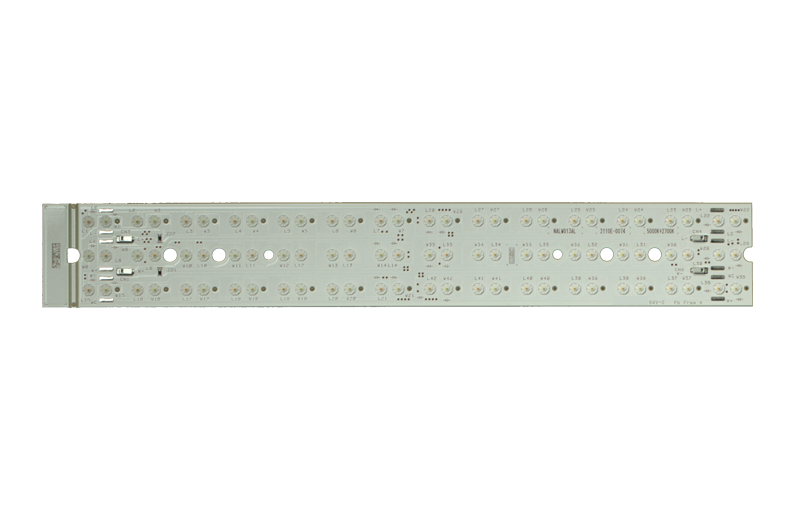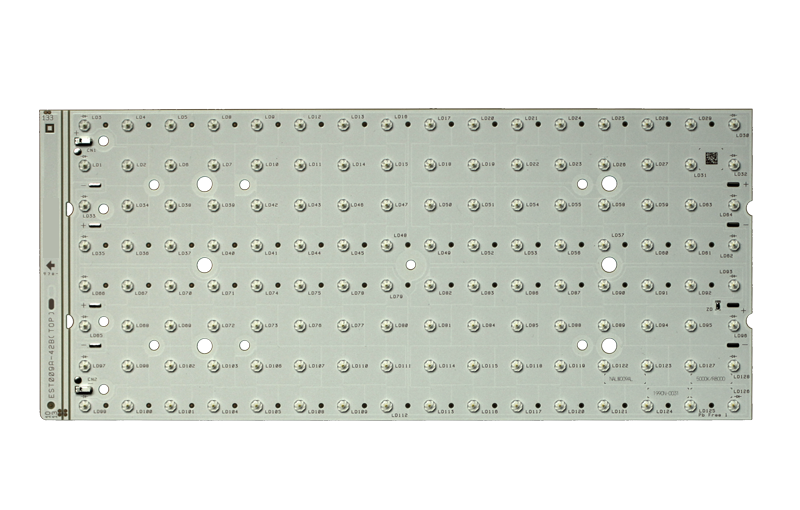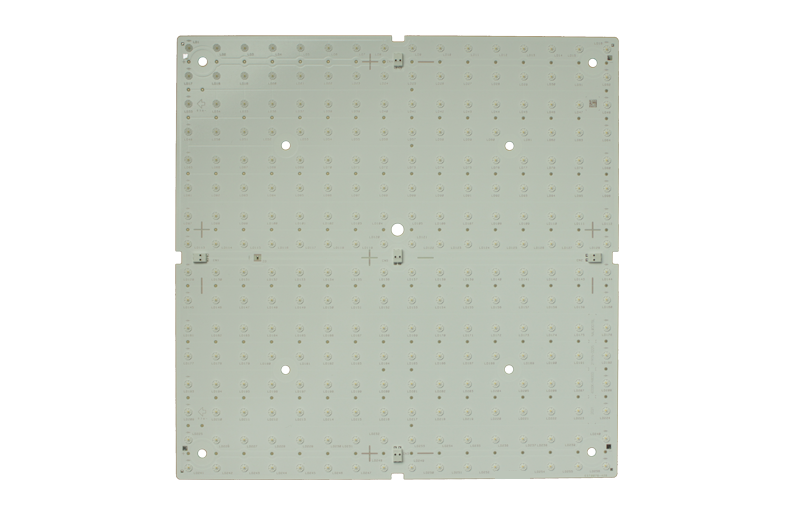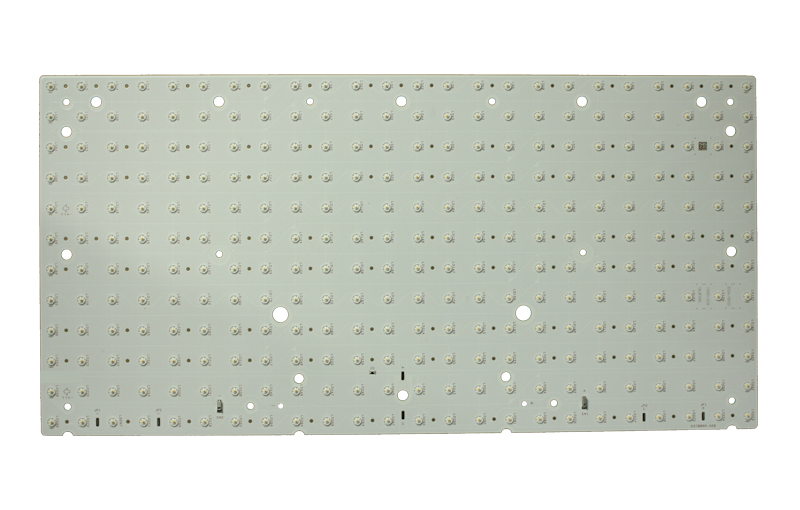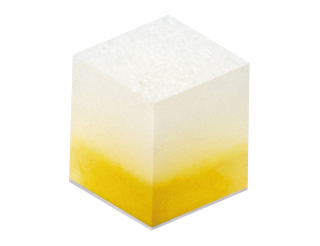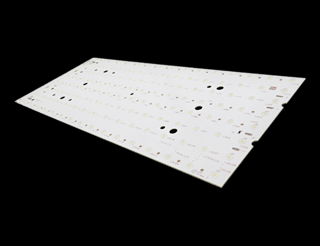超广角配光
– Cube Direct Mountable Chip
– Nichia Light Cluster™ Type L

Ultra-wide light distribution LED and LED module that realizes lighting spaces filled with soft light

产品特性
Features of LEDs for Lighting with Ultra-wide Light Distribution
Conventional LEDs are well known as directionally efficient light sources and are therefore often used in a variety of lighting fixtures by controlling the light with secondary optics. However, due to their strong frontal light, there is a tendency for the emitting surface of the lighting fixture to be grainy. Therefore, lighting fixtures using conventional LEDs are designed to be thicker and/or to reduce the transparency to avoid uneven lighting patterns.
These products, which feature horizontal light distribution, can reduce the need for such ingenuity.
The strong horizontal light contributes to realize thinner and lightweight fixtures and reduction of building materials. In addition, it creates a soft, low-glare light that envelops the entire environment.
These unique features will bring new possibilities to the design of lighting fixtures. New value can be added to solid state lighting by saving resources and improving building safety by reducing the weight of lighting fixtures and ceilings.
What is Cube Direct Mountable Chip?

Cube Direct Mountable Chip is an LED that realizes a horizontal light distribution by combining Nichia's expertise and technology in phosphors and LEDs cultivated over many years.
It can be freely arranged to match the design of the lighting fixture.
What is Nichia Light Cluster™ Type L?
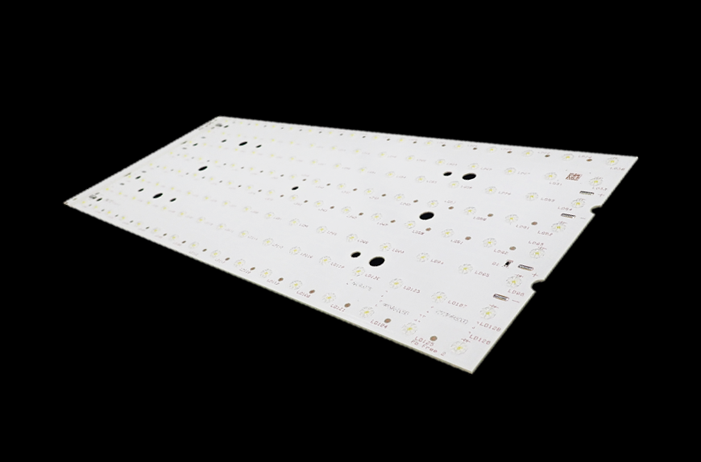
Nichia Light Cluster™ Type L, similar to the Cube Direct Mountable Chip, is an LED lighting module characterized by its ultra-wide light distribution.
Nichia incorporates all components from the light-emitting elements to the optical system on a single substrate, allowing for seamless integration into customers' lighting fixtures without the need for modifications. This significantly reduces the man-hours required for implementation.
Features
| These products | Conventional modules |
|
|---|---|---|
| Light distribution pattern |
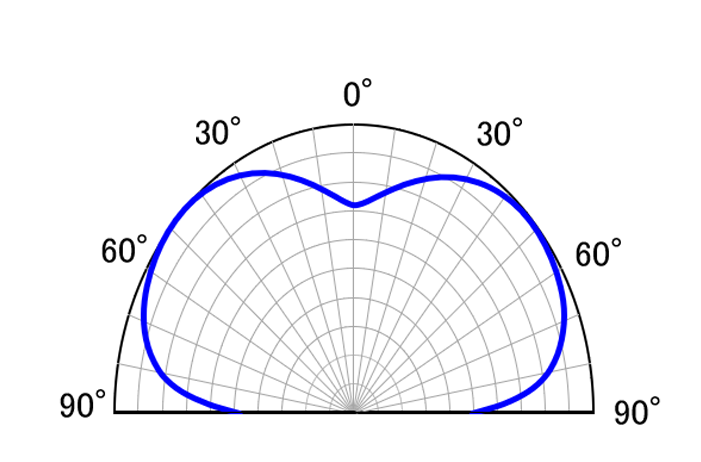 |
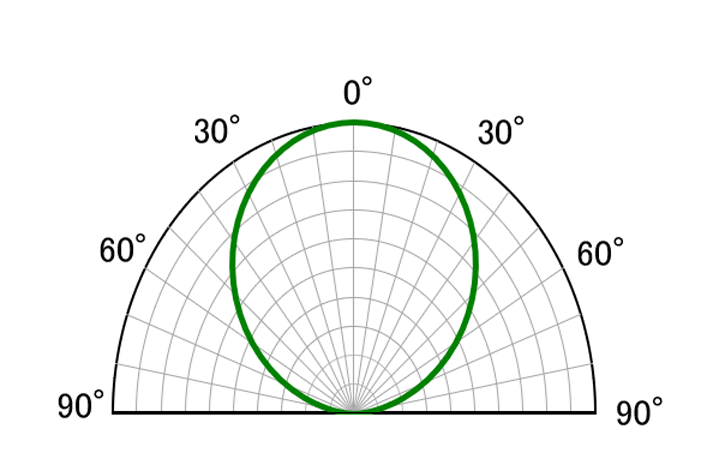 |
| How to illuminate a space |
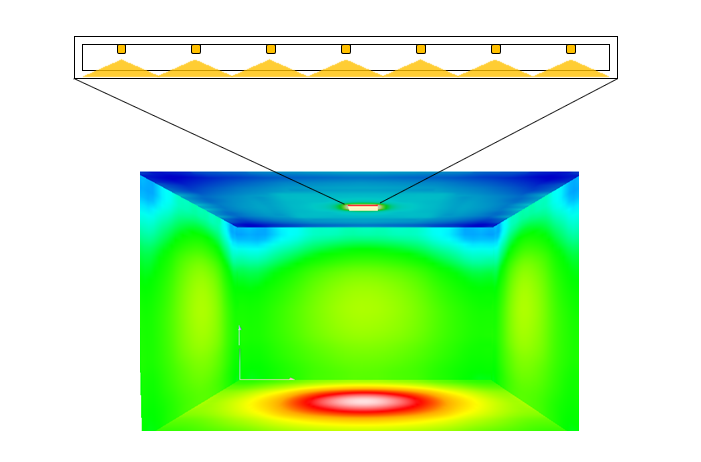 |
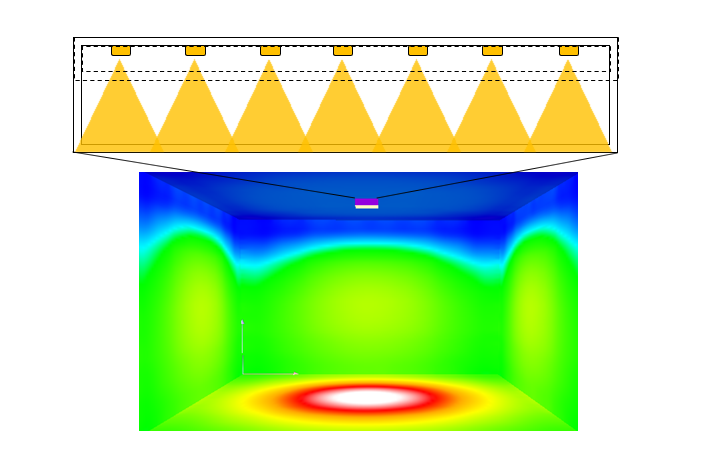 |
The figure on the right illustrates the "ultra-wide light distribution," which is the key to achieving the best features of these products, such as thin/lightweight fixtures and soft light that envelops the entire space.
While conventional modules illuminate strongly straight up, the light of these products spreads diagonally upward and sideways, illuminating the entire space.
Fixtures and Light that can be Realized with These Products
Uniform and Soft Light
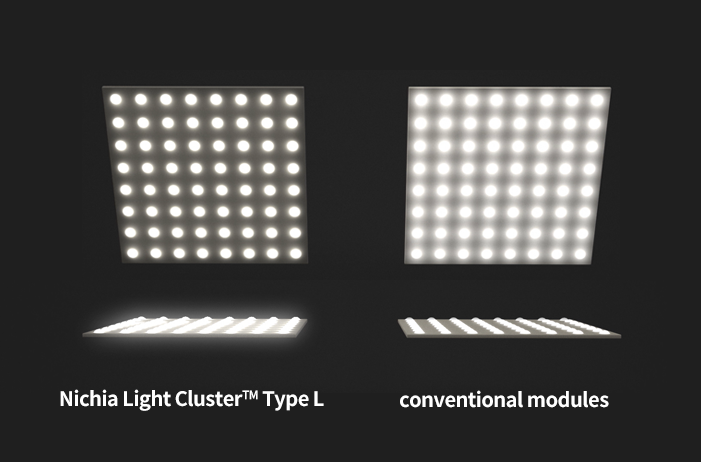
Figure 1. Ultra-wide light distribution: Light intensity directly above and diagonally above the module
With their ultra-wide light distribution, they illuminate diagonally above instead of directly above and spreads light horizontally, realizing a uniform light emission without graininess and a soft light that illuminates the entire space (Figure 1).
The intensity of the light directly above the ceiling is suppressed, and because the light spreads horizontally, it shines dimly to the ceiling, reducing unpleasant glare and creating a low-glare lighting space that seems to be enveloped by soft light (Figures 2 and 3).
- Softly illuminates the entire space
- Possible to realize a low-glare lighting that prevents glare even when looking directly at the light.
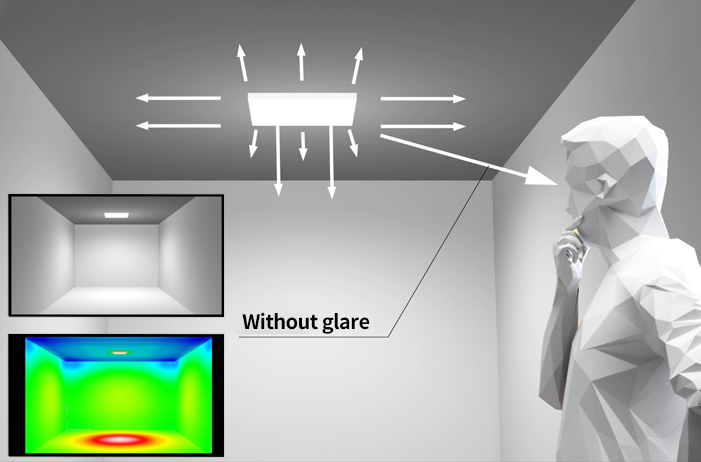
Figure 2. Glare and space illumination: these products
- Strongly illuminates the the opposite surface.
- When looking directly at the light, it feels dazzling.
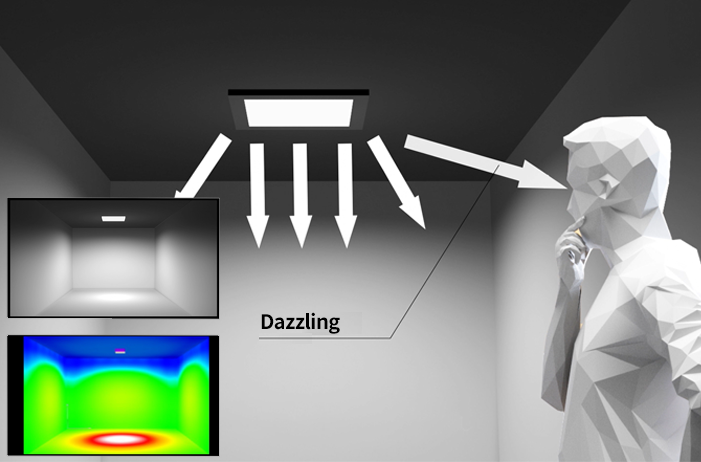
Figure 3. Glare and space illumination: Conventional modules
Thin Fixtures
It is possible to realize fixtures that are thin and have uniform light emission without using light guide plates.
For example, by turning on Nichia Light Cluster™ Type L by itself without a cover, it is possible to clearly see the characteristics of the ultra-wide light distribution described above.
While conventional modules emit glare directly above the module, Nichia Light Cluster™ Type L emits light directly above the module and diagonally above (Figure 1). In the case of Nichia Light Cluster™ Type L, this ultra-wide light distribution enables uniform light emission without graininess even when the distance from the light source to the cover is shortened, making it possible to realize a thin light fixture (Figure 4). When using Nichia Light Cluster™ Type L, it is possible to realize fixtures with a thickness of less than 1/3 of conventional modules (Figure 5).
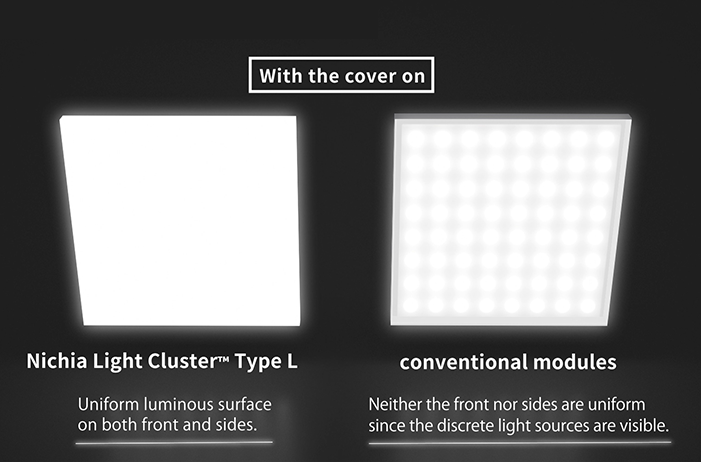
Figure 4. Comparison of light-emitting surfaces of luminaires of the same thickness.

Figure 5. Comparison of luminaire thickness when the uniformity of the luminous surface is equalized.
Lightweight Fixtures
Figure 6. Weight comparison of luminaires
A significant weight reduction can be achieved compared to luminaires using conventional modules or light guide plates.
First of all, compared to conventional modules, the thickness of the luminaire can be reduced to 1/3 or less, resulting in a weight reduction of approximately 30%. Also, when compared to a light guide plate type luminaire, a luminaire with the same uniform luminous surface and thinness can be realized without a light guide plate, thus reducing the weight of the light guide plate (Figure 6).
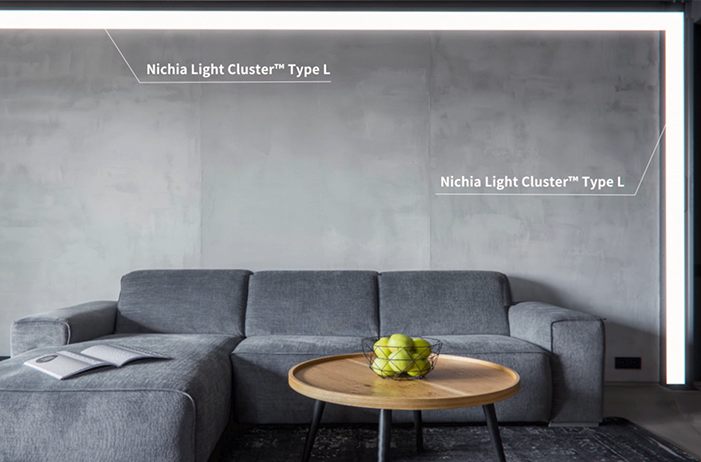
Figure 7. Reference example of construction method
Significant weight reduction will enable installation of lighting fixtures using springs, magnets, etc., and increase the degree of freedom in designing lighting fixtures. It also contributes to the realization of a sustainable society by reducing the amount and type of materials required for lighting fixtures and their installation.
How These Products can be Used
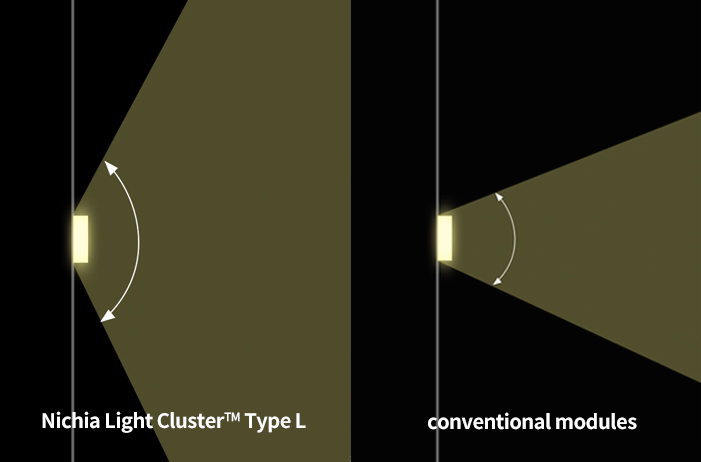
Figure 8. Difference in light distribution angle
These products, with their characteristic of softly illuminating spaces with its ultra-wide light distribution (Figure 8), can be applied to a variety of lighting fixtures, and their characteristics can be demonstrated in installations where they have never been used before.
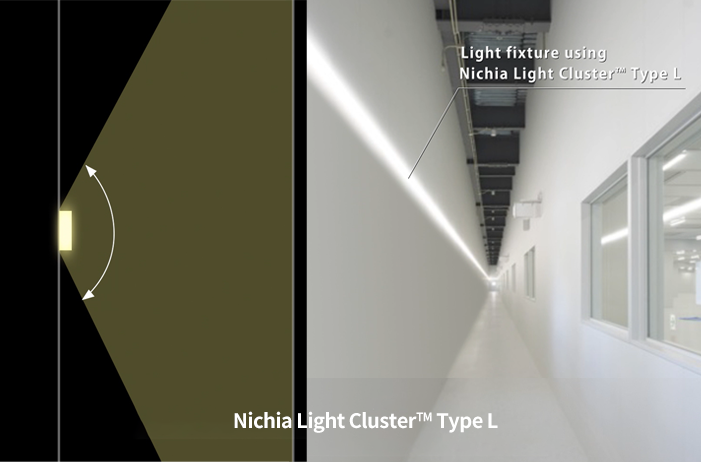
For wall lighting
Installing them in a straight line on a wall illuminates the ceiling, where conventional light sources could not reach. Although it has been common to install the main light on the ceiling, Nichia Light Cluster™ Type L can be used to gently illuminate the entire space from the wall surface.
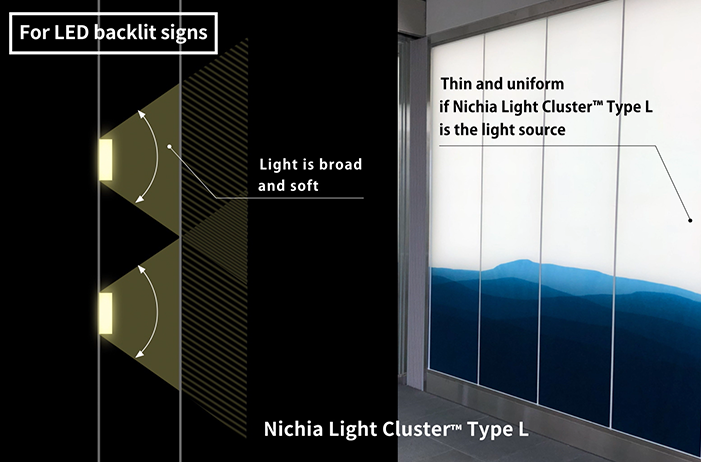
For LED backlit signs
They are also ideal for LED backlit signs. The various sizes available open up new possibilities for luminaire design, for example, uniformly illuminating an entire wall or an entire ceiling.
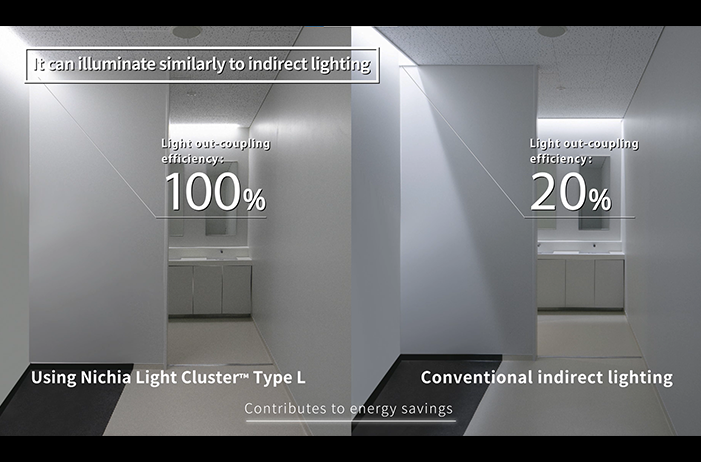
It can illuminate similarly to indirect lighting
With its soft, uniform, low-glare light, they can be directly installed to create a comfortable space similar to indirect lighting. Direct installation allows for 100% light out-coupling efficiency1 with no light reflection, and allows for the same effect with much less power consumption than conventional indirect lighting.
1 Light out-coupling efficiency: The percentage of light emitted from a luminaire that contributes to the brightness of the field of view.
Cube Direct Mountable Chip Standard Specifications
| 型号 | 生产状况 | 规格书 | 产品尺寸 L×W×H (mm) |
色 | 驱动电流 (mA) |
正向电压 Typ(V) |
显色性 | 光通量 Typ(lm) |
发光角度 (degree) |
||
|---|---|---|---|---|---|---|---|---|---|---|---|
| Ra Min |
R9 Min |
||||||||||
| 1.1×1.1×1.24 |  |
65 | 2.8 | 80 | >0 | 32.5 | >180 | ||||
 |
65 | 2.8 | 80 | >0 | 30.1 | >180 | |||||
Nichia Light Cluster™ Type L Standard Specifications
- Standard product: Ra≥80, R9>0 (6500K–2700K)
- H6 series: New generation of LEDs that break the conventional wisdom of high color rendering and high efficiency (5000–2700K)
- Dynasolis™: Combination of sky blue that gives people vitality and light bulb color that gives people peace of mind (only available in dimmable color: Azure–2700K)
- Vitasolis™: The world's first LED focused on revitalizing the human body and mind (5000–3000K)
- The following characters are added to the end of the model number for H6 and Dynasolis specifications: H6 specification: "-H6", Dynasolis: "-DY".
- If the above list does not have the desired specification, contact Nichia to discuss the potential of a customized option. For details, contact Nichia from the "Contact" button at the bottom of this page.
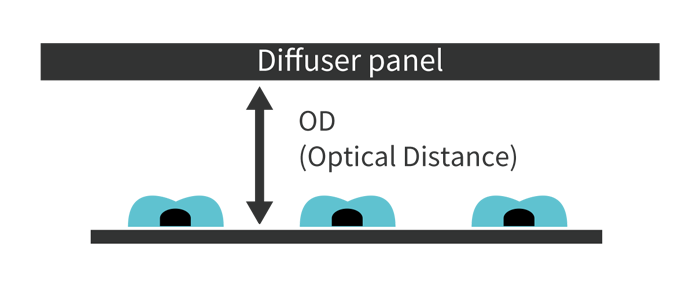
1 OD (Optical Distance): Distance from the substrate surface to the diffuser. (Refer to the figure on the right).
2 Rated current values are given for reference only, as products with constant-current circuit are driven by constant voltage.

